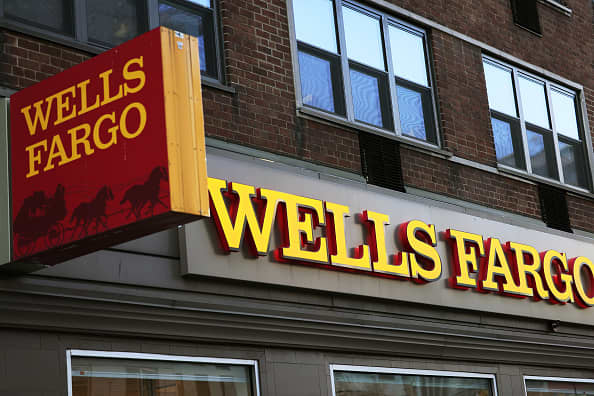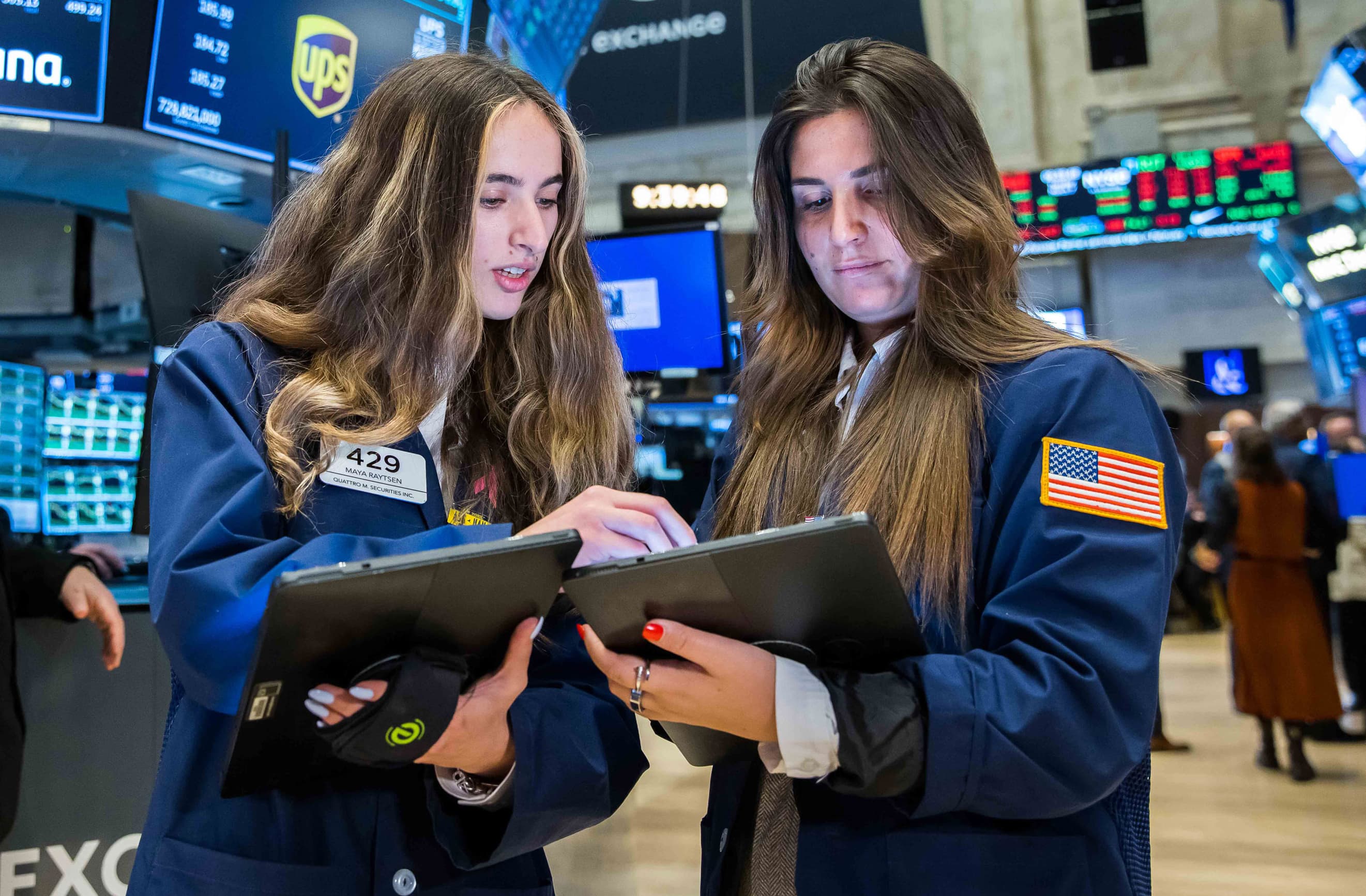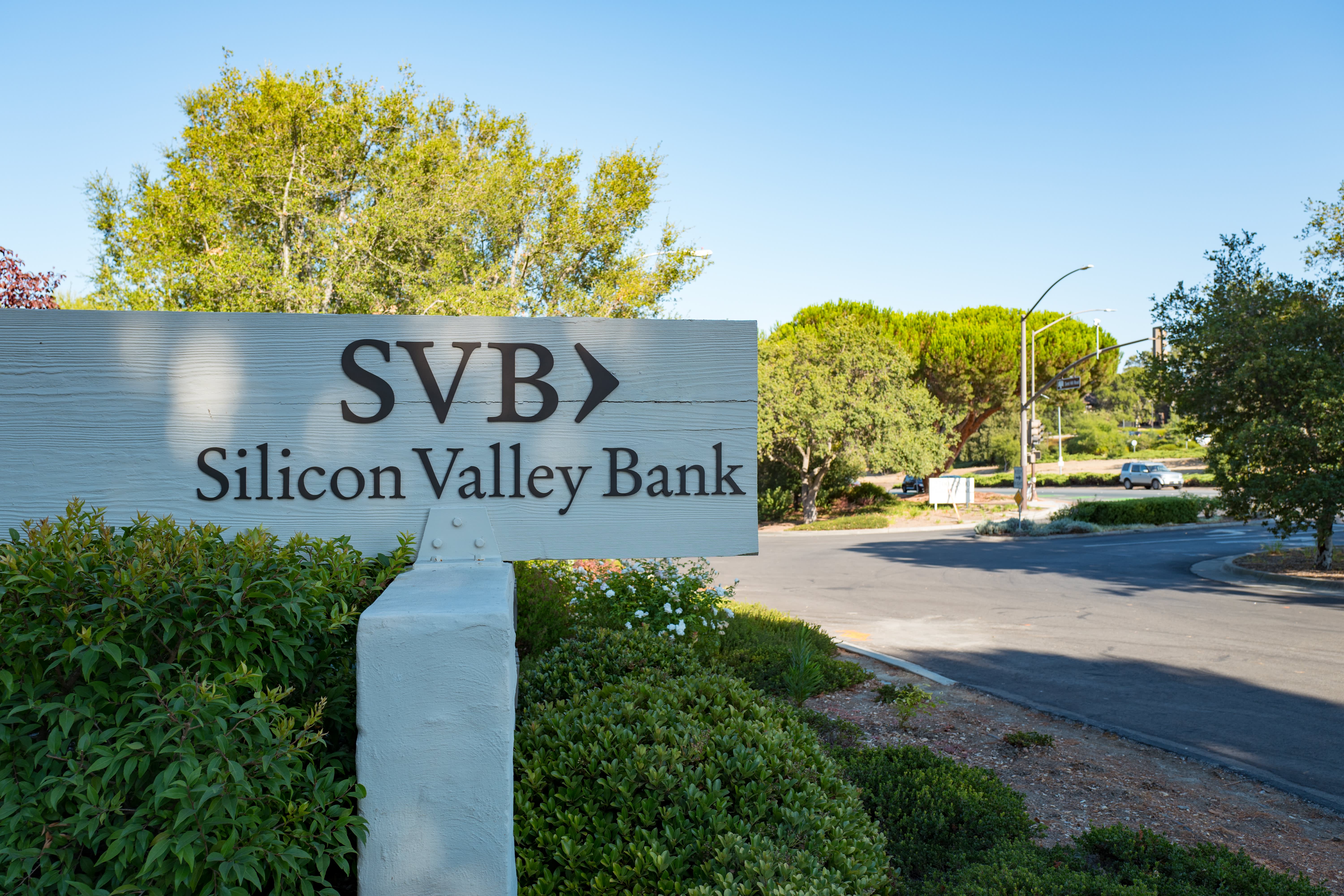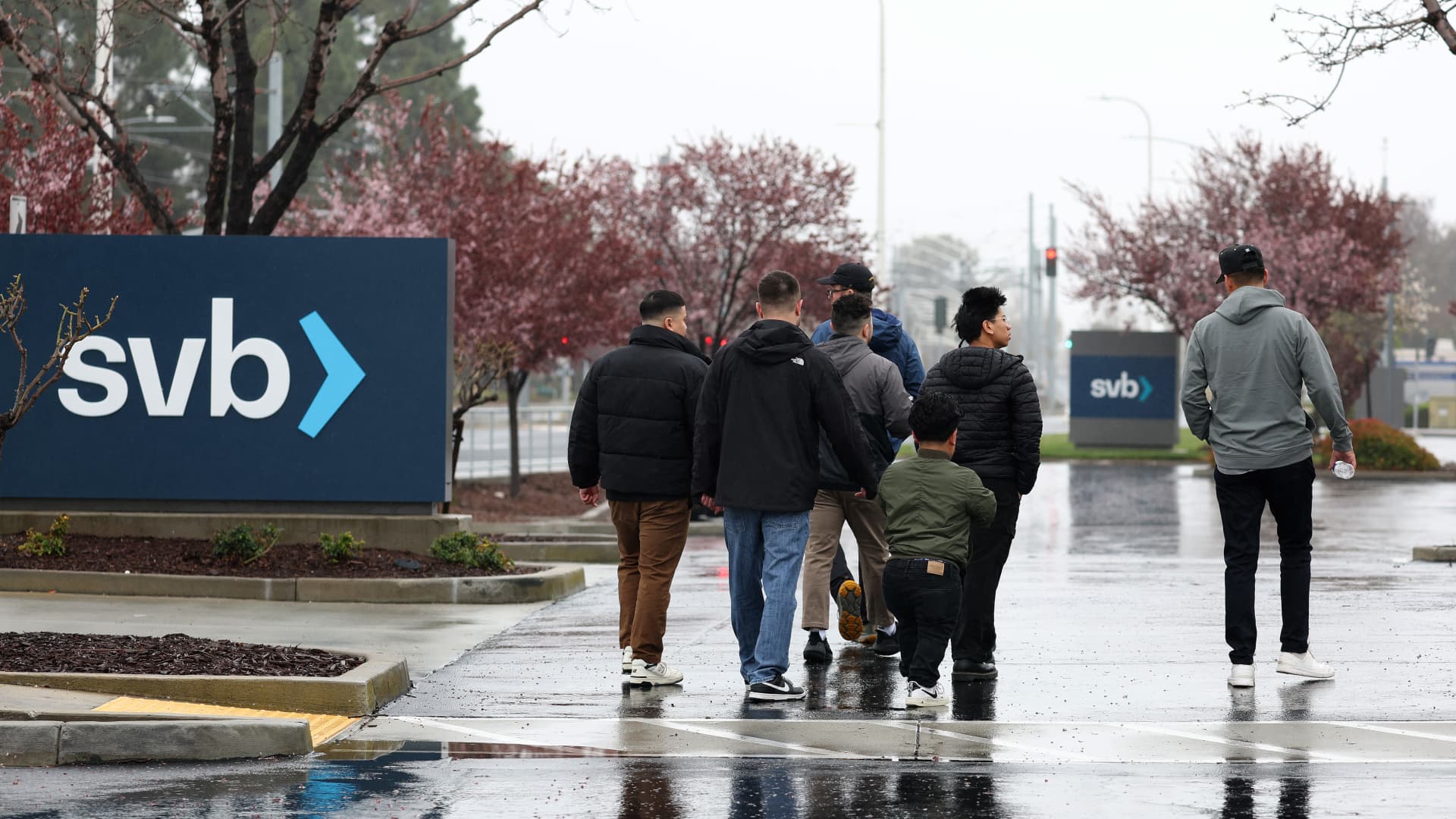Products You May Like
The sudden collapse of Silicon Valley Bank has thousands of tech startups wondering what happens now to their millions of dollars in deposits, money market investments and outstanding loans.
Most importantly, they’re trying to figure how to pay their employees.
related investing news






“The number one question is, ‘How do you make payroll in the next couple days,'” said Ryan Gilbert, founder of venture firm Launchpad Capital. “No one has the answer.”
SVB, a 40-year-old bank that’s known for handling deposits and loans for thousands of tech startups in Silicon Valley and beyond, fell apart this week and was shut down by regulators in the largest bank failure since the financial crisis. The demise began late Wednesday, when SVB said it was selling $21 billion of securities at a loss and trying to raise money. It turned into an all-out panic by late Thursday, with the stock down 60% and tech executives racing to pull their funds.
While bank failures aren’t entirely uncommon, SVB is a unique beast. It was the 16th biggest bank by assets at the end of 2022, according to the Federal Reserve, with $209 billion in assets and over $175 billion in deposits.
However, unlike a typical brick-and-mortar bank — Chase, Bank of America or Wells Fargo — SVB is designed to serve businesses, with over half its loans to venture funds and private equity firms and 9% to early and growth-stage companies. Clients that turn to SVB for loans also tend to store their deposits with the bank.
The Federal Deposit Insurance Corporation, which became the receiver of SVB, insures $250,000 of deposits per client. Because SVB serves mostly businesses, those limits don’t mean much. As of December, roughly 95% of SVB’s deposits were uninsured, according to filings with the SEC.
The FDIC said in a press release that insured depositors will have access to their money by Monday morning.
But the process is much more convoluted for uninsured depositors. They’ll receive a dividend within a week covering an undetermined amount of their money and a “receivership certificate for the remaining amount of their uninsured funds.”
“As the FDIC sells the assets of Silicon Valley Bank, future dividend payments may be made to uninsured depositors,” the regulator said. Typically, the FDIC would put the assets and liabilities in the hands of another bank, but in this case it created a separate institution, the Deposit Insurance National Bank of Santa Clara (DINB), to take care of insured deposits.
Clients with uninsured funds — anything over $250,000 — don’t know what to do. Gilbert said he’s advising portfolio companies individually, instead of sending out a mass email, because every situation is different. He said the universal concern is meeting payroll for March 15.
Gilbert is also a limited partner in over 50 venture funds. On Thursday, he received several messages from firms regarding capital calls, or the money that investors in the funds send in as transactions take place.
“I got emails saying saying don’t send money to SVB, and if you have let us know,” Gilbert said.
The concerns regarding payroll are more complex than just getting access to frozen funds, because many of those services are handled by third parties that were working with SVB.
Rippling, a back office-focused startup, handles payroll services for many tech companies. On Friday morning, the company sent a note to clients telling them that, because of the SVB news, it was moving “key elements of our payments infrastructure” to JPMorgan Chase.
“You need to inform your bank immediately about an important change to the way Rippling debits your account,” the memo said. “If you do not make this update, your payments, including payroll, will fail.”
Rippling CEO Parker Conrad said in a series of tweets on Friday that some payments are getting delayed amid the FDIC process.
“Our top priority is to get our customers’ employees paid as soon as we possibly can, and we’re working diligently toward that on all available channels, and trying to learn what the FDIC takeover means for today’s payments,” Conrad wrote.
One founder, who asked to remain anonymous, told CNBC that everyone is scrambling. He said he’s spoken with more than 30 other founders, and talked to a finance chief from a billion-dollar startup who has tried to move more than $45 million out of SVB to no avail. Another company with 250 employees told him that SVB has “all our cash.”
A SVB spokesperson pointed CNBC back to the FDIC’s statement when asked for comment.
‘Significant contagion risk’
For the FDIC, the immediate goal is to quell fears of systemic risk to the banking system, said Mark Wiliams, who teaches finance at Boston University. Williams is quite familiar with the topic as well as the history of SVB. He used to work as a bank regulator in San Francisco.
Williams said the FDIC has always tried to work swiftly and to make depositors whole, even if when the money is uninsured. And according to SVB’s audited financials, the bank has the cash available — its assets are greater than its liabilities — so there’s no apparent reason why clients shouldn’t be able to retrieve the bulk of their funds, he said.
“Bank regulators understand not moving quickly to make SVB’s uninsured depositors whole would unleash significant contagion risk to the broader banking system,” Williams said.
Treasury Secretary Janet Yellen on Friday met with leaders from the Federal Reserve, the FDIC, and the Office of the Comptroller of the Currency regarding the SVB meltdown. The Treasury Department said in a readout that Yellen “expressed full confidence in banking regulators to take appropriate actions in response and noted that the banking system remains resilient and regulators have effective tools to address this type of event.”
On the ground in Silicon Valley, the process has been far from smooth. Some execs told CNBC that, by sending in their wire transfer early on Thursday, they were able to successfully move their money. Others who took action later in the day are still waiting — in some cases, for millions of dollars — and are uncertain if they’ll be able to meet their near-term obligations.
Regardless of if and how quickly they’re able to get back up and running, companies are going to change how they think about their banking partners, said Matt Brezina, a partner at Ford Street Ventures and investor in startup bank Mercury.
Brezina said that after payroll, the biggest issue his companies face is accessing their debt facilities, particularly for those in financial technology and labor marketplaces.
“Companies are going to end up diversifying their bank accounts much more coming out of this,” Brezina said. “This is causing a lot of pain and headaches for lots of founders right now. And it’s going to hit their employees and customers too.”
SVB’s rapid failure could also serve as a wakeup call to regulators when it comes to dealing with banks that are heavily concentrated in a particular industry, Williams said. He said that SVB has always been overexposed to tech even though it managed to survive the dot-com crash and financial crisis.
In its mid-quarter update, which began the downward spiral on Wednesday, SVB said it was selling securities at a loss and raising capital because startup clients were continuing to burn cash at a rapid clip despite the ongoing slump in fundraising. That meant SVB was struggling to maintain the necessary level of deposits.
Rather than sticking with SVB, startups saw the news as troublesome and decided to rush for the exits, a swarm that gained strength as VCs instructed portfolio companies to get their money out. Williams said SVB’s risk profile was always a concern.
“It’s a concentrated bet on an industry that it’s going to do well,” Williams said. “The liquidity event would not have occurred if they weren’t so concentrated in their deposit base.”
SVB was started in 1983 and, according to its written history, was conceived by co-founders Bill Biggerstaff and Robert Medearis over a poker game. Williams said that story is now more appropriate than ever.
“It started as the result of a poker game,” Williams said. “And that’s kind of how it ended.”
— CNBC’s Lora Kolodny, Ashley Capoot and Rohan Goswami contributed to this report.
WATCH: SVB fallout could mean less credit is available
